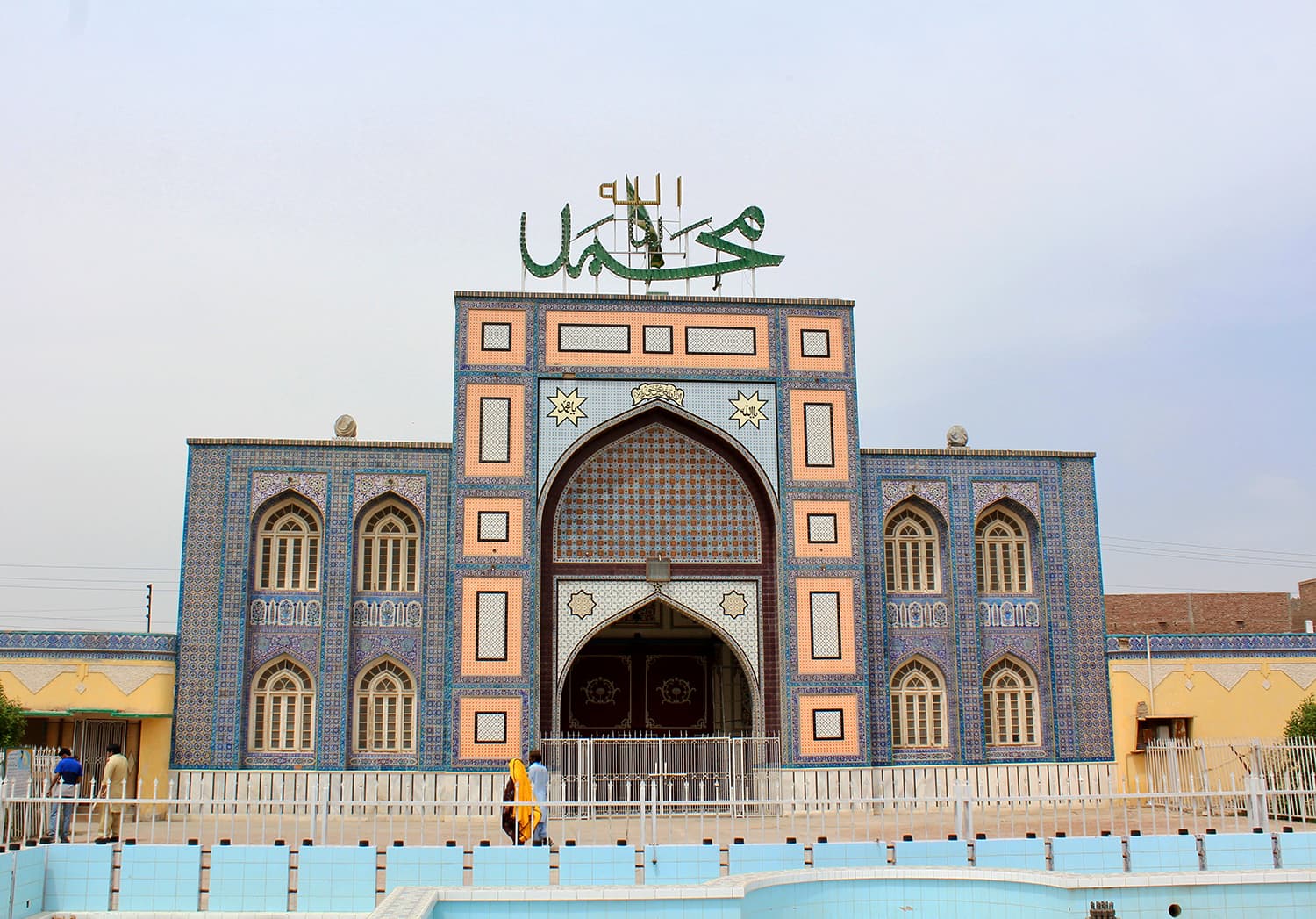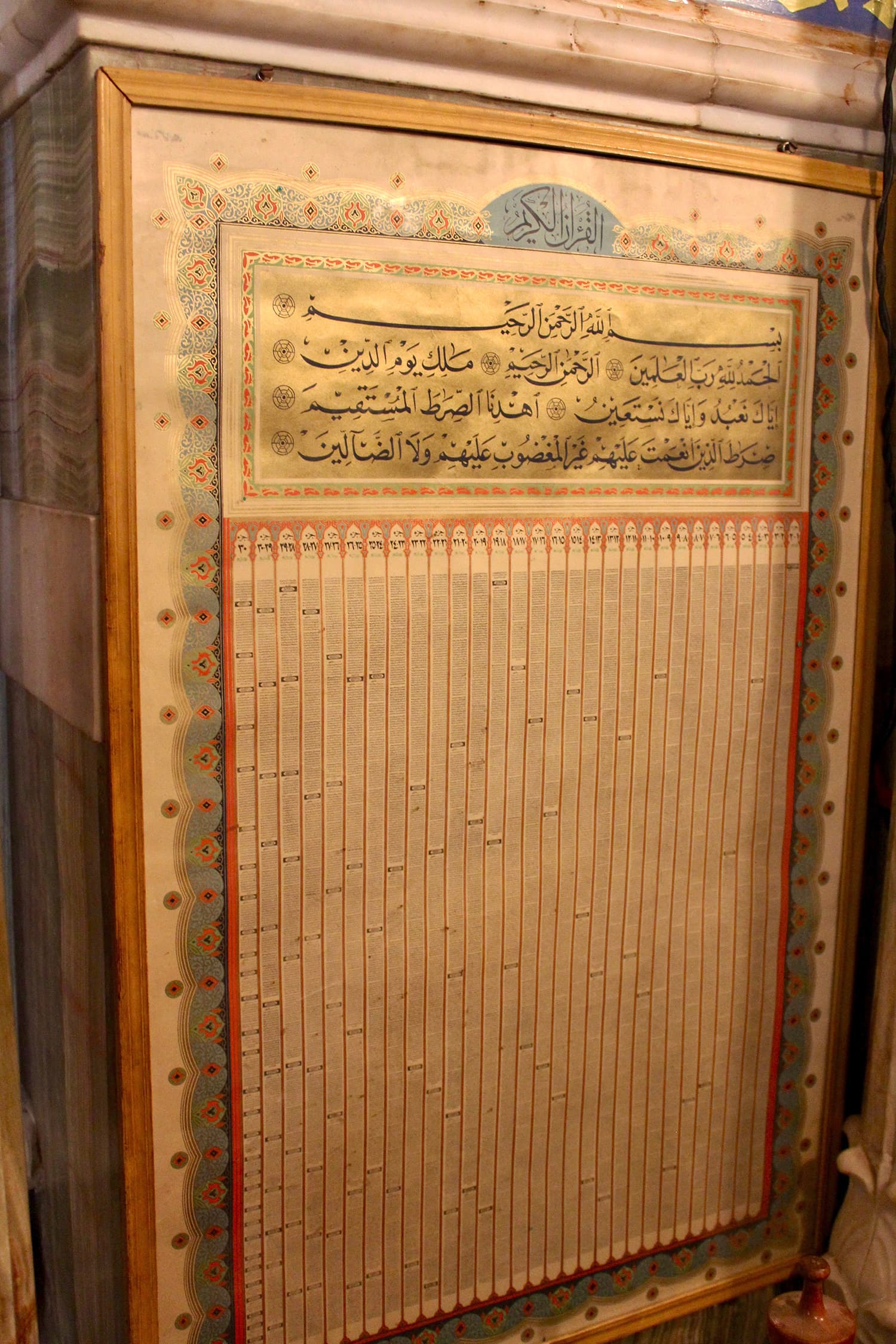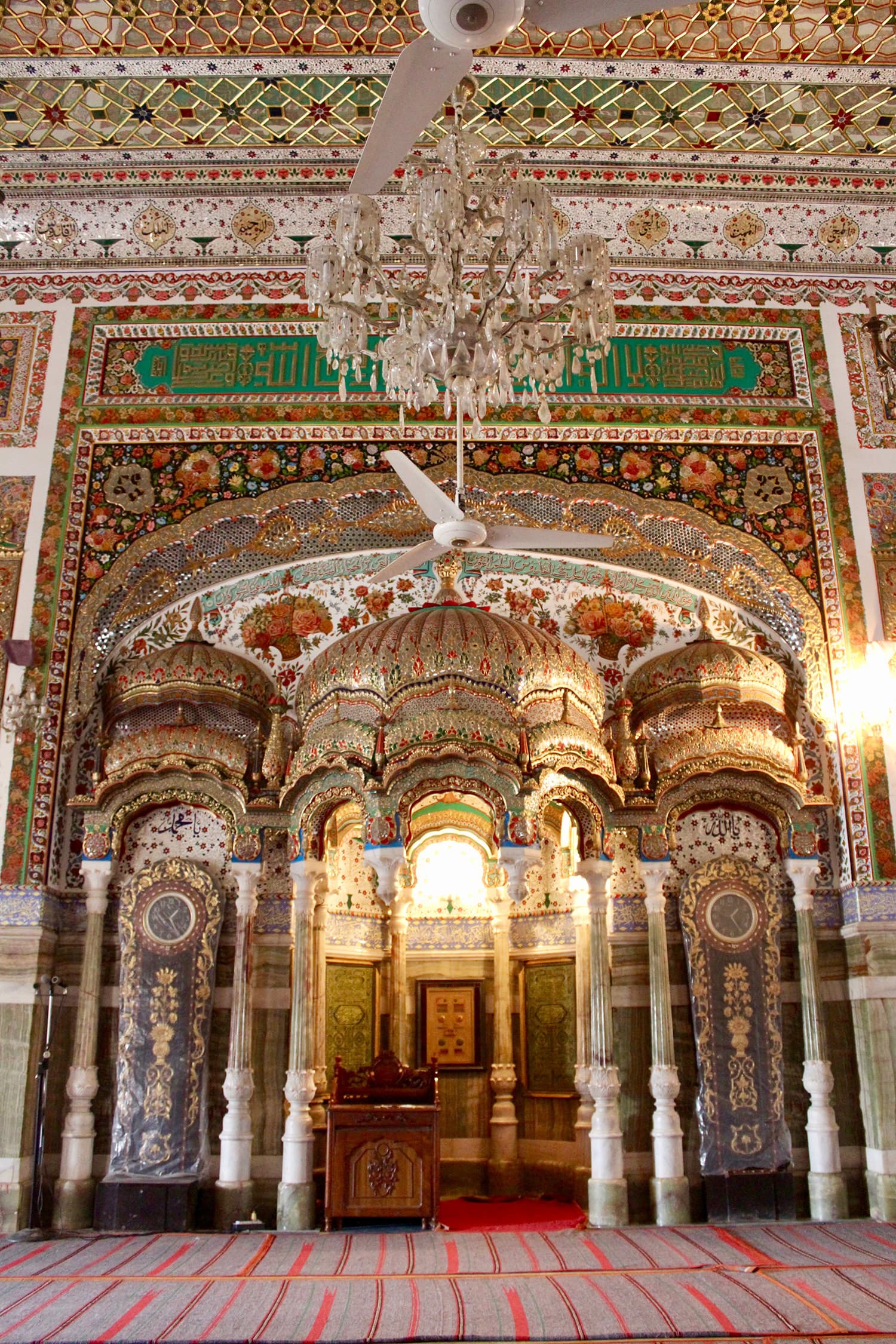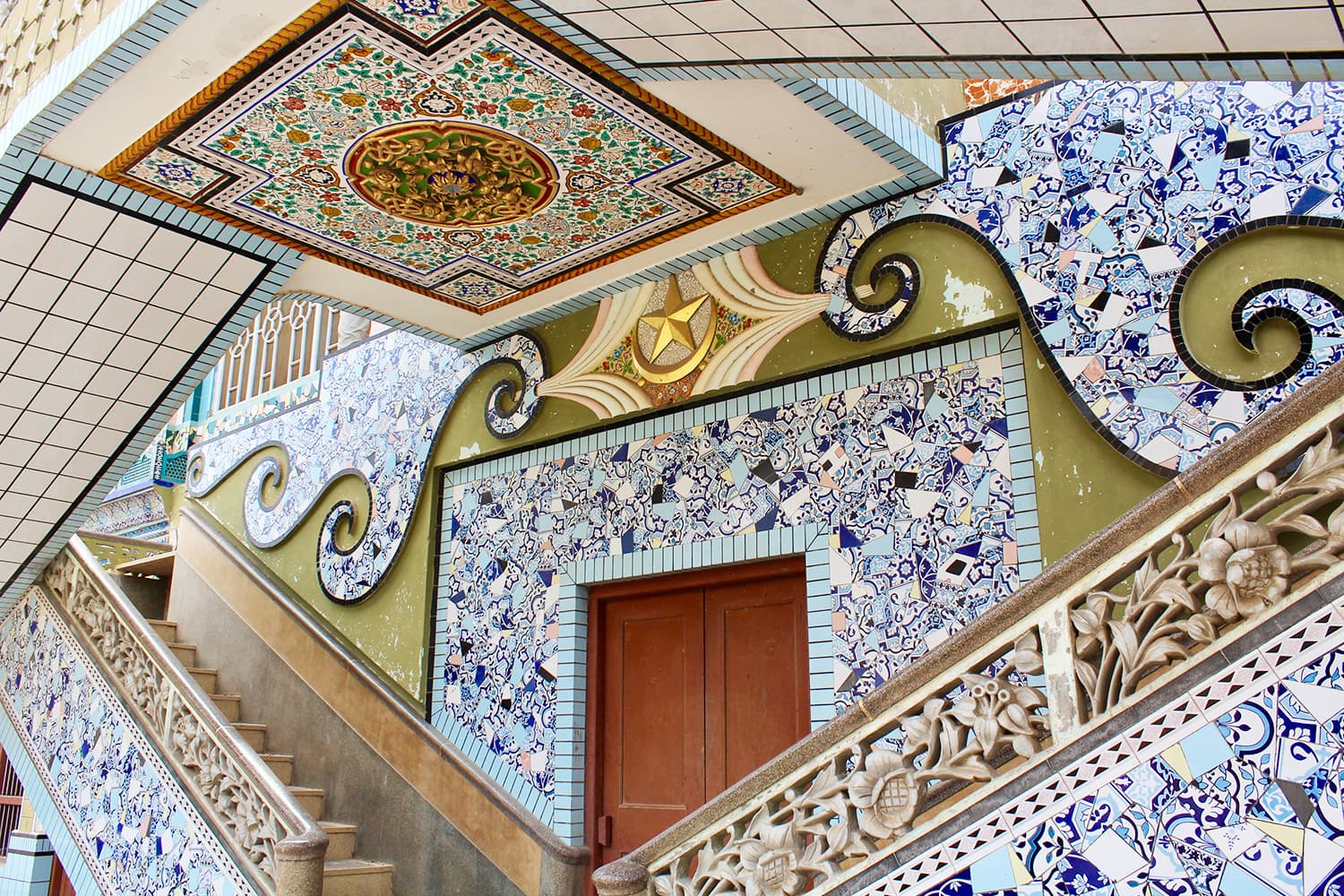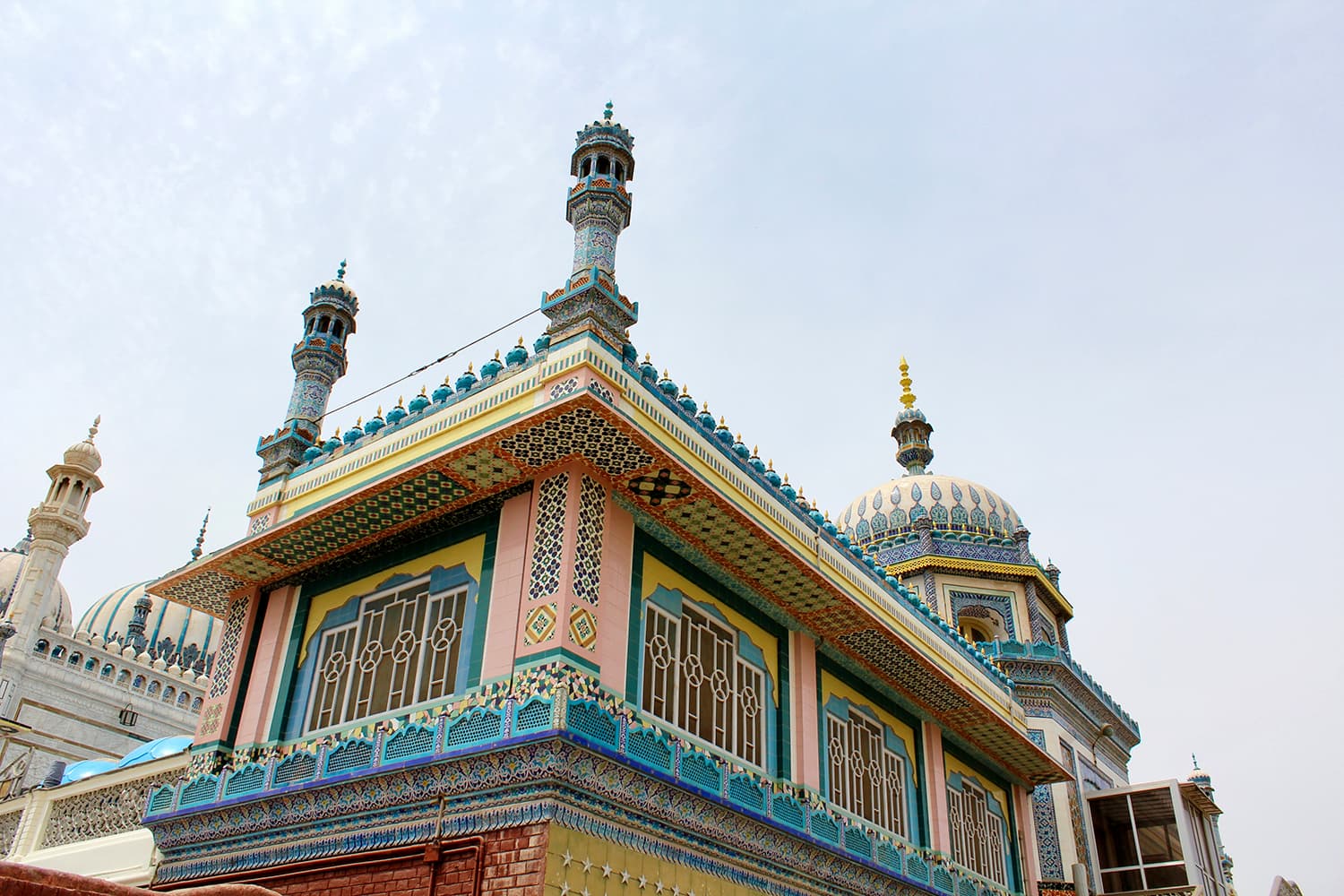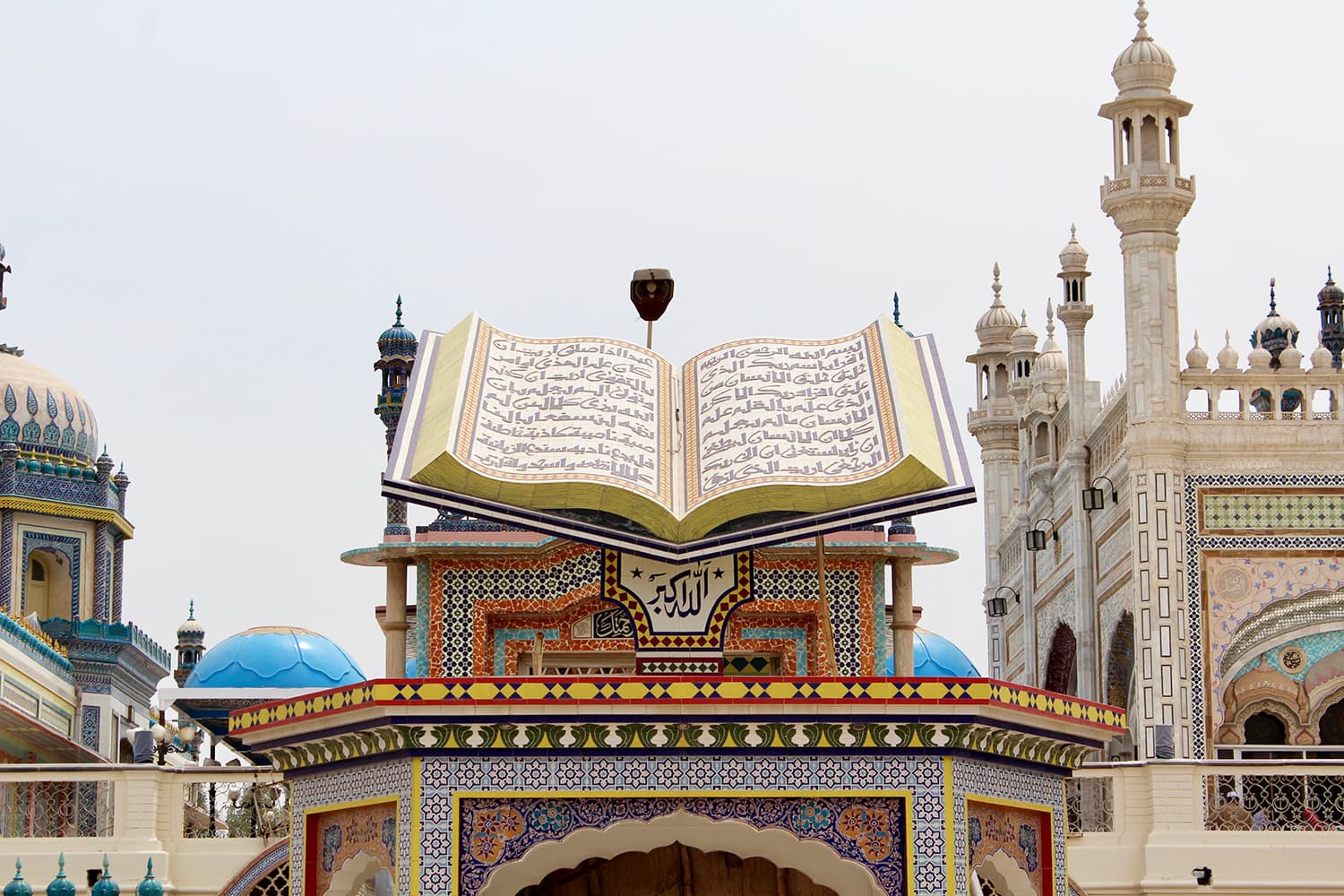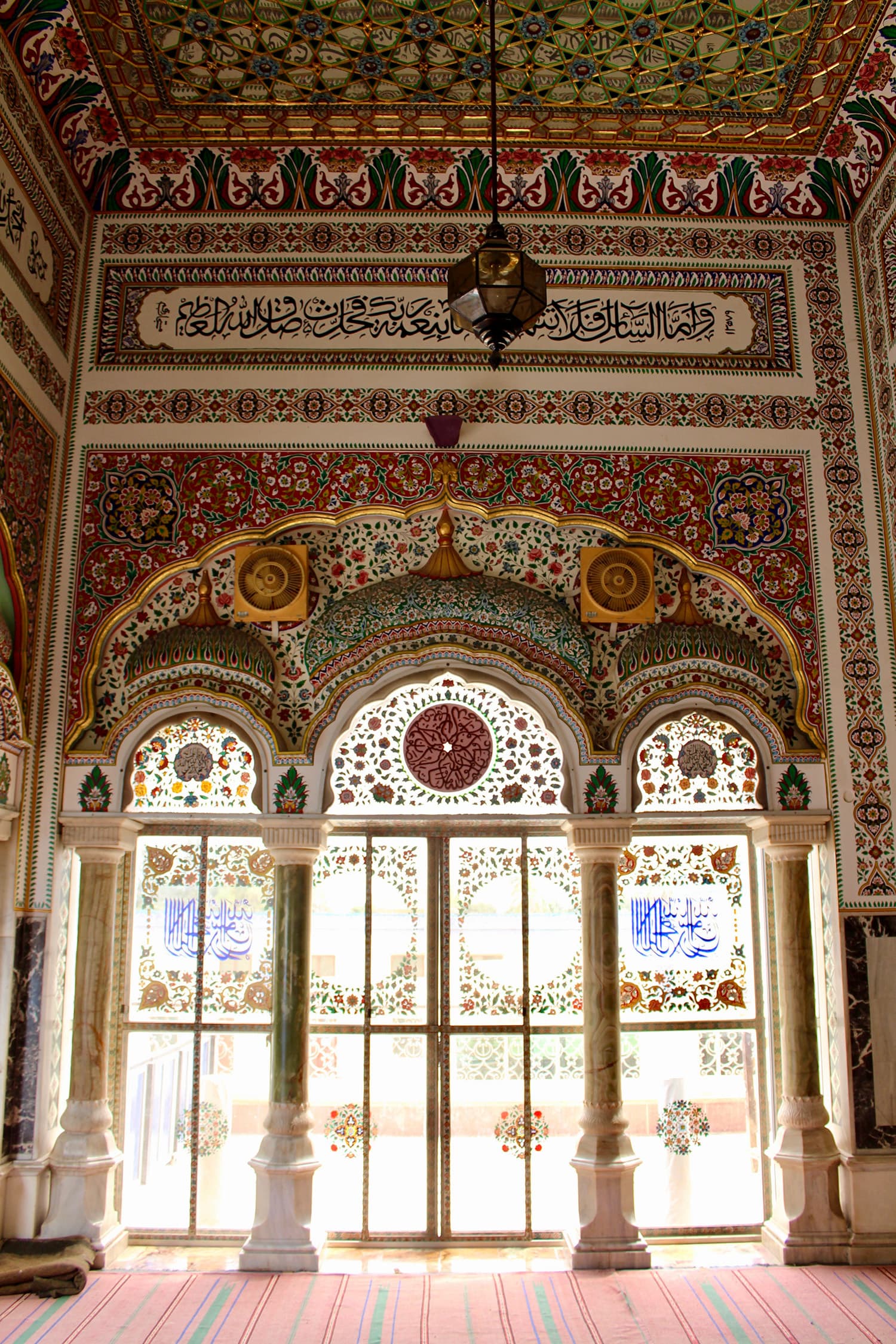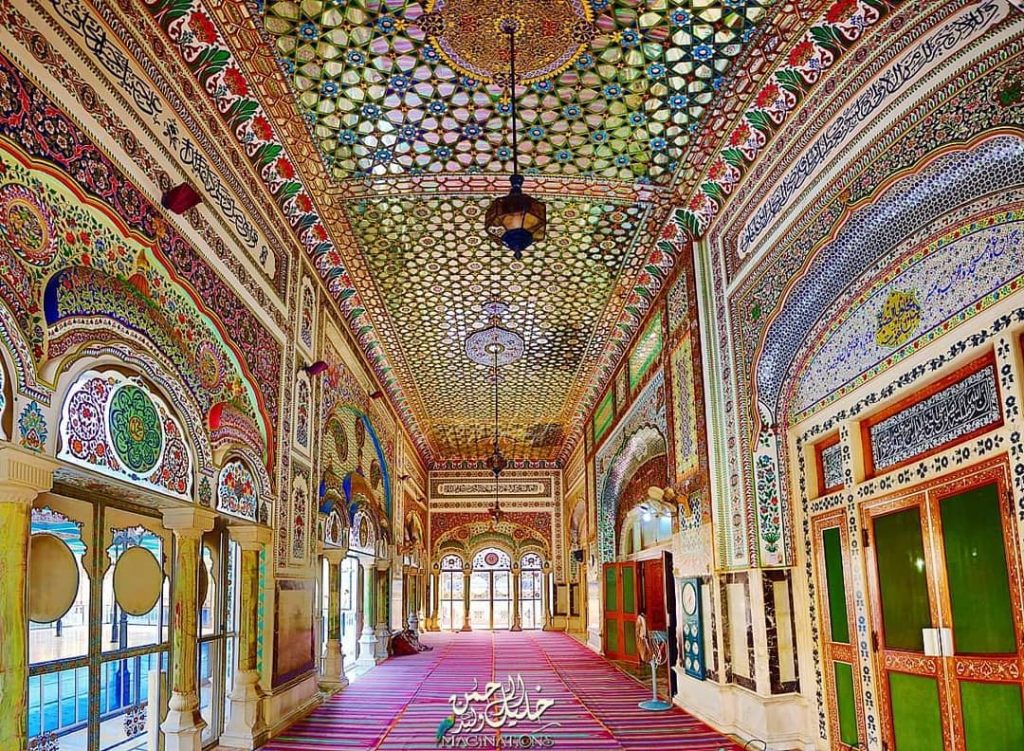An architectural marvel, the Bhong Mosque is the most visually stunning place I have visited in Pakistan
To see such a complex, but conspicuously passionate expression of love of faith, was enough to bring tears to my eyes.
Tim Blight
Out in the deserts of southern Punjab, amid the inhospitable plains between the mighty Cholistan and the sweltering ranges of Balochistan, lies a mosque as flamboyantly decorated as it is shrouded in myth and legend.
The Bhong Mosque is all the more remarkable for its anonymity; while anyone with an interest in Islamic architecture or Seraiki folk culture may have heard of it, the building is all the more remarkable for how unknown it is among mainstream Pakistani society.
In summer of 2010, I was travelling through Pakistan as a solo backpacker when I happened to come across television footage of an ornate mosque in a place called Rahim Yar Khan.
At the time I hadn’t heard of Rahim Yar Khan, and I didn’t know where it was. However, something about the image of the mosque caught my eye — perhaps it was the dazzlingly styled minarets, or the outrageous riot of colours that fleetingly flashed across the television screen.
Upon searching online, it turned out that the mosque was not in Rahim Yar Khan at all, but in the village of Bhong, about 50 kilometres to the southwest.
Bhong Mosque. —All photos by the author
It was commissioned in early 1930s by a local landlord, the late Rais Ghazi Mohammad. He apparently wanted to construct a mosque and madrasa, and wished for them to be the most stunning buildings in his empire of estates.
Contracting artisans from Rajasthan, Multan and Karachi, work began on what was to become one of Pakistan’s most intriguing mosques. It went on to win the Aga Khan Award for Architecture in 1986.
The mosque was under construction for the better part of the 20th century, and this is where the story gets muddled.
As legend goes, every time there was a halt in construction on the mosque, someone close to the project would die under mysterious circumstances.
Although officially completed in 1982, ornamental touches of some sort have apparently continued ever since, to ward off the ‘bad luck’ of finishing the project.
Whether you believe in the myth or not, it certainly makes for a beguiling story.
I knew I had to visit the place; as someone who loves traditional architecture, and who had fallen in love with Pakistan over my previous three visits, the tiny village of Bhong gained a position somewhere high on my bucket list.
The front view.
Some years later, my friend and I sat on the bus as it carved up the dusty road southwards towards Bhong.
I was feeling responsibly anxious; I had convinced my friend to accompany me into the scorching desert to look at a mosque that no one seemed to have heard of.
It was a long way to go; the road seemed to stretch on through the desert wasteland, and I worried that the fantastical destination was perhaps just a figment of my imagination.
We turned off the main road towards the village, and among a cluster of palm trees beside the road, a clutch of mud brick houses appeared; it was seeming more and more like a mirage in the desert.
Walking the final few metres up the entrance gave nothing away — the mosque is surrounded by plainly-painted mud brick walls, obscuring the view from the road immediately outside.
A sharp turn off to the left led us into the mosque’s courtyard, and we were suddenly bathed in a surreal, technicolour light.
Entrance to the prayer hall.
The prayer hall at Bhong Mosque.
The drab browns and army-fatigue greens of the surrounding landscape gave way to the pastel blue, candy floss pink and straw yellow which covered the mosque.
Tiles proclaimed the
shahada in the most glitteringly extravagant way I had ever witnessed.
The mosaic seemed to be some of the most detailed I had ever seen — painstakingly delicate in their size, but insanely exuberant in iridescent hue.
The style of the mosque’s architecture is difficult to place, owing to the resplendent collision of so many styles; Persian, Andalusian and Ottoman elements are all evident, as well as the artistic flair of a vision run wild.
Far from the ethereal grace of so much Islamic architecture around the world, the mosque was an animated exercise in imagination and reverie.
The entire Quran on one piece of parchment.
The mihrab at Bhong Mosque.
My friend and I were lucky enough to have a local show us around, who pointed out the details of the kaleidoscopic mosque to us.
As we passed through the ablution area, covered in baby blue and sapphire tilework, we noticed a gaggle of labourers diligently working away at a wall.
The exterior of the mosque is relatively utilitarian — a courtyard of white terrazzo is shaded by a multi-domed blue and white canopy. Nevertheless, it was much more colourful than the average mosque’s outdoor prayer area.
Beyond the prayer area was where the medley of colour really became apparent; the azure and gold onion-like domes and the technicolour minarets, from where the
azaan rings out five times a day.
At the end of the balcony is an oversized white marble Quran, open to the world as a sort of invitation to prayer and salvation.
The entrance to Bhong Mosque.
The Bhong Mosque from the outside.
Inside the mosque itself, no surface was left untouched by artisans over the years, resulting in a pastiche that has to be seen to be believed.
The breathtakingly intricate
mihrab (a semicircular niche in the wall indicating the
qibla) was beset by a poster featuring the entire Quran transcribed on a single piece of paper.
Ivory, marble, onyx and mirrors dotted the ceiling, from which elaborate glass chandeliers hang. The walls were crafted out of polished marble brought from Multan and India.
My personal favourite were the giant, carved teak doors drawn by wrought iron handles, shaped into the name “Muhammad”.
To see such a complex, perhaps incoherent, but conspicuously passionate expression of love of faith was enough to bring tears to my eyes.
The Noble Quran at Bhong Mosque.
Windows in the prayer hall.
In the
words of the jury of the Aga Khan Award for Architecture: “Bhong enshrines and epitomises the popular taste in Pakistan with all its vigour, pride, tension and sentiment. Its use, and misuse, of signs and symbols expresses appropriate growing pains of an architecture in transition.”
No amount of time spent in the Bhong Mosque would have been enough to fully appreciate it, so it was inevitable that I felt a pang of sadness when it was time to return to the car and Rahim Yar Khan.
And as we did, I also felt a sense of wonder and enchantment of the place we had just seen.
Like a mirage in the desert which turned out to be real, the Bhong Mosque was not just a figment of my imagination, it was true fantasy.
Twitter Share
Facebook Count1872

Tim Blight is an Australian traveller who fell in love with Pakistan from his first visit in 2006. He is the founder of travel blog UrbanDuniya.com, and author of Pakistan Traveller, the world's most comprehensive travel guidebook to Pakistan.







